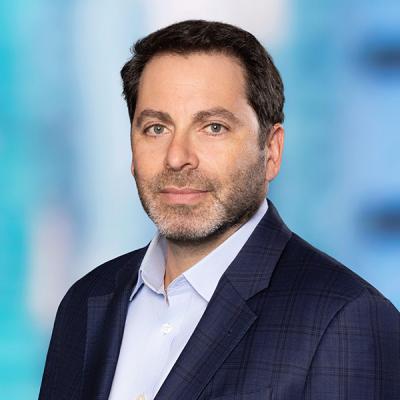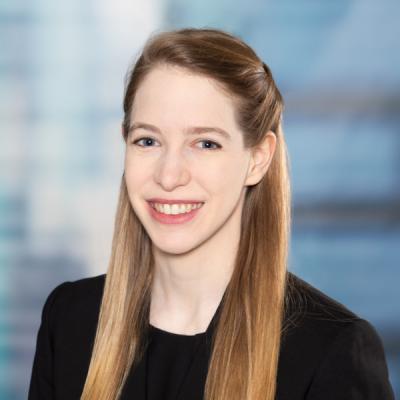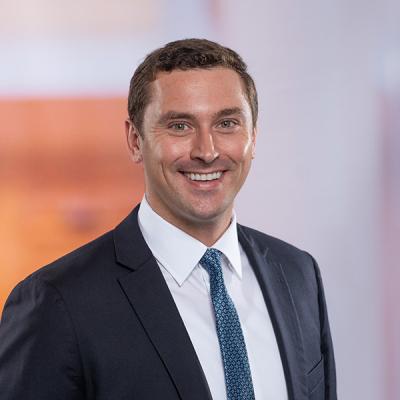Supreme Court Narrows the Reach of Omission Liability Claims Under Section 10(b) of the Exchange Act
Last week, the U.S. Supreme Court, in Macquarie Infrastructure Corporation v. Moab Partners, L.P., held that omissions of supposedly material information allegedly required to be disclosed under Item 303 of SEC Regulation S-K are not actionable as securities fraud under Section 10(b) of the Securities Exchange Act of 1934 unless the silence renders affirmative statements misleading. In effect, the decision requires private plaintiffs to identify a misleading affirmative statement to properly plead a claim under the primary federal securities fraud statute.
Case Background
At the center of the case is Macquarie Infrastructure Corporation, a formerly publicly traded company that managed investments in infrastructure-related companies. Among those companies was one of the United States’ most prominent providers of third-party bulk-liquid storage services, which stored a substantial amount of a high-sulfur fuel oil known as No. 6 oil. In 2016, the International Maritime Organization (IMO)—a UN agency that regulates the global shipping market—formally adopted IMO 2020, a regulation that set a future cap on the maximum amount of sulfur content in shipping fuel oil at a level that would prohibit the use of No. 6 oil. The company did not address the impending impact of IMO 2020 in its public filings. When Macquarie then announced in 2018 that its subsidiary’s customers had contracted for less storage capacity due partly to declines in the No. 6 oil market, the company experienced a stock price drop. An investor filed a securities class action in the United States District Court for the Southern District of New York based, in part, on an alleged violation of Item 303.
Item 303 of SEC Regulation S-K requires public companies annually to “[d]escribe any known trends or uncertainties that have had or that are reasonably likely to have a material favorable or unfavorable impact on net sales or revenues or income from continuing operations.” Separately, SEC Rule 10b-5, which implements the anti-fraud provisions of the Exchange Act, makes it unlawful “[t]o make any untrue statement of a material fact or to omit to state a material fact necessary in order to make the statements made, in the light of the circumstances under which they were made, not misleading.” Tying the two rules, plaintiffs argued that Macquarie’s failure to disclose its subsidiary’s exposure to No. 6 oil storage could serve as the basis of a securities fraud lawsuit under the Exchange Act because the exposure allegedly should have been disclosed under Item 303.
Lower Court Decisions
Judge Vernon S. Broderick initially dismissed the investors’ claims against Macquarie, finding, in relevant part, that plaintiffs failed to plead facts sufficient to show a known risk that was required to be disclosed under Item 303 or the materiality of that omission. The investor plaintiffs appealed the dismissal, and the Second Circuit vacated the judgment of the district court, finding that the investors adequately alleged a violation of Item 303 and that such omission was sufficient to state a claim under Section 10(b). The Second Circuit reached its decision by applying binding precedent in the Second Circuit, which held that failure to disclose material information as required by Item 303 could sustain a claim under Section 10(b).[1]
Notably, the Second Circuit’s decision conflicted with the prior decisions in the Third, Ninth, and Eleventh Circuits, all of which concluded that, in the absence of an otherwise misleading affirmative statement, an Item 303 violation standing alone was insufficient to serve as the basis for a private claim under Section 10(b).[2] As the Ninth Circuit explained, a duty to disclose under Section 10(b) must “be separately shown” to give rise to private liability because, in part, Item 303 requires more expansive disclosures than those of Section 10(b) and Rule 10b-5(b), which expressly prohibit only omissions “to state a material fact necessary in order to make the [other] statements made, in the light of the circumstances under which they were made, not misleading.”[3]
Supreme Court Vacates the Second Circuit
The Supreme Court granted certiorari to address “whether the failure to disclose information required by Item 303 can support a private action under Rule 10b-5(b), even if the failure does not render any ‘statements made’ misleading.” In the unanimous decision authored by Justice Sotomayor, the Supreme Court vacated and remanded the judgment of the Second Circuit, holding that pure omissions alone cannot sustain a Rule 10b-5(b) claim. In reaching its decision, the Court focused on both the plain text and the statutory context of Section 10(b).
Analyzing the plain text of Rule 10b-5(b), the Court found that the regulation proscribes half-truths (technically accurate statements that omit essential qualifying information), but not pure omissions. Justice Sotomayor further found that the statutory context of Section 10(b) and Rule 10b-5(b) confirmed this interpretation, concluding that Section 10(b) is, at heart, an anti-fraud statute directed at misleading affirmative statements, rather than a statute (like Section 11 of the Securities Act of 1933 and Regulation S-K itself) that affirmatively requires companies to state certain things—and that neither Congress nor the SEC had attempted to impose liability for pure omissions under Section 10(b). Comparing the statute and the regulation to Section 11(a) of the Securities Act of 1933, the Court highlighted Section 11(a)’s explicit prohibition on the omission of a “material fact required to be stated,” which is absent from both Section 10(b) and Rule 10b-5(b). Ultimately, the Supreme Court “confirm[ed] that the failure to disclose information required by Item 303 can support a Rule 10b-5(b) claim only if the omission renders affirmative statements made misleading.” In reaching this conclusion, the Court emphasized that “[p]ure omissions are not actionable under Rule 10b-5(b).”
Conclusion
Although the Supreme Court’s decision in Macquarie resolves a much-discussed Circuit split and closes an avenue for private securities fraud claims, the decision only forecloses the narrow subset of Section 10(b) claims that allege violations under Item 303 based on pure omissions. Half-truths, including those based on violations of Item 303, remain actionable by private parties, and plaintiffs remain unencumbered to allege violations of Section 10(b) based on false and misleading statements. It remains to be seen to what extent the Macquarie decision will alter a broader swath of securities fraud claims based on omissions.
[1] See, e.g., Stratte-McClure v. Morgan Stanley, 776 F. 3d 94 (2d Cir. 2015).
[2] See, e.g., Oran v. Stafford, 226 F.3d 275 (3d Cir. 2000); In re NVIDIA Corp. Sec. Litig., 768 F.3d 1046 (9th Cir. 2014); Carvelli v. Ocwen Fin. Corp., 934 F.3d 1307 (11th Cir. 2019).
[3] In re NVIDIA Corp. Sec. Litig., 768 F.3d at 1056 (9th Cir. 2014).




